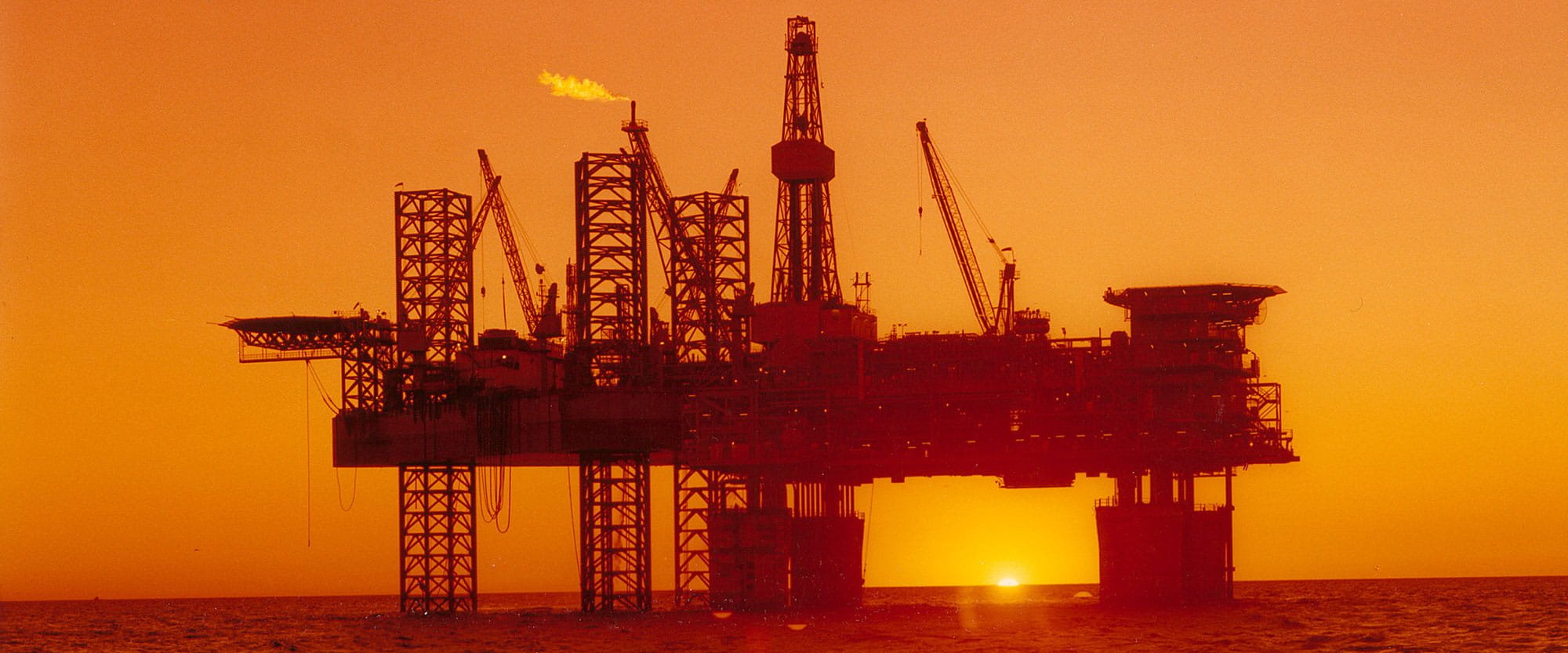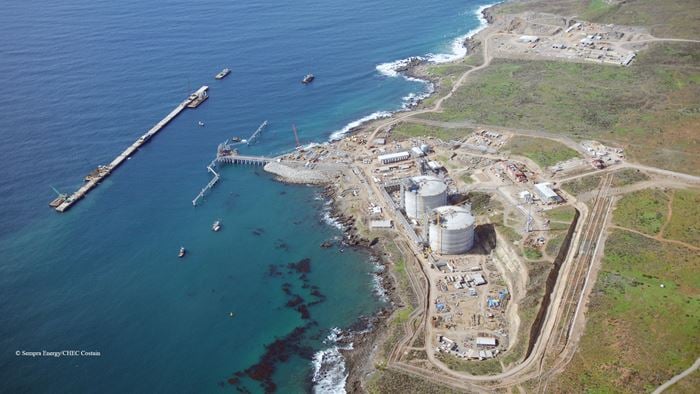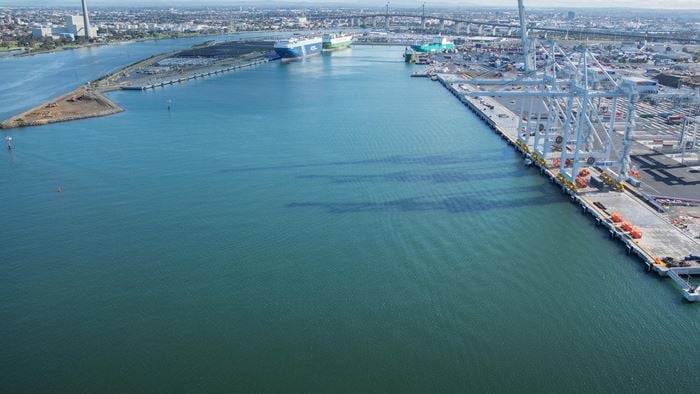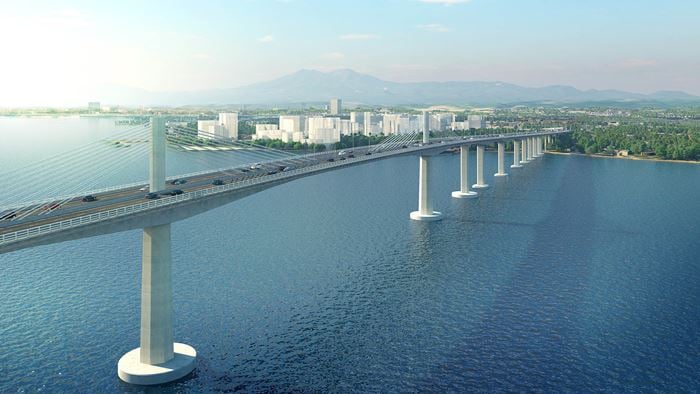Offshore infrastructure isn’t just physically challenging, it’s also costly to build. I believe that the time is right for new ways of working that overcome some of the limitations of the traditionally competitive contractual and procurement approaches we use in offshore projects.
Project alliances and design competitions are two approaches that I think could really assist the development of offshore projects. Offshore development has the potential to take advantage of economies of scale, leading to more efficient, less costly infrastructure. But to achieve this will require self-contained solutions and plenty of lateral thinking. Alliance groupings would have more ability to play to their collective strengths, identifying and delivering innovative solutions, and be less hampered by narrow commercial self-interest.
So how do we get there? To take a specific example, current offshore wind farm production and installation is subject to the normal, competitive contractual and tendering processes. Once a patch of the sea bed is consented, the government will set up an auction so that developers can bid for wind power rights. The energy company will always be focused on reaching a competitive price per Megawatt-hour in order to win the auction.
Innovation is discouraged all the time the different contractors and suppliers involved in wind farm production are competing with each other to get the best slice of the overall budget. But if contractors could work in alliances they’d be able to collaborate on bigger commissions which would, in turn, mean more potential for flexibility on their own costs. With the installation of offshore renewables beginning to make headway away from Europe in the US, China, and Taiwan, the need for a better way of delivering the infrastructure is likely to grow.
This ‘alliance contracting’ model might still be rare, but there are examples of its beneficial approach. In the 1990s, Arup participated in an early example of this sort of collaboration with the Wandoo Alliance, a new oil platform in Australia – it was delivered under budget and nine months ahead of schedule.
Design competitions are another way to create and foster these working alliances. In a design competition (best at least part-funded by the client), the client sets the functional requirements, i.e. a 500MW wind farm in a given location, and within some constraints leaves the choice of technology and design open to the contractors. With part of the project’s tendering costs paid up-front via the design competition, contractors are then incentivised to collaborate and think more creatively as they develop their solution.
Once an alliance is in place and preferably including the client, a realistic shared budget is vital, with common rules of engagement for all contractors in the alliance. With this collaborative model established, the resultant projects have the potential to become exemplars for an enlightened and more effective approach in the offshore sector.
I’d be interested to hear about any examples of this alliance style approach to project delivery in this or other sectors.
 ;
;




